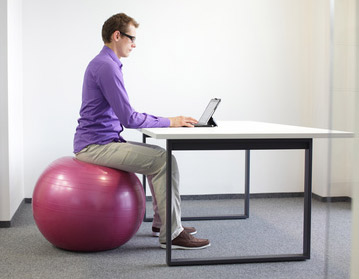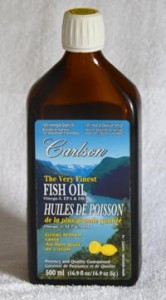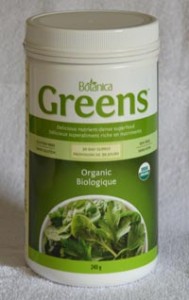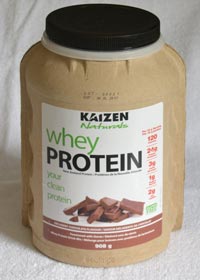Sitting is a major cause of obesity, heart disease, diabetes, stroke, back and neck pain. Researchers have found that sitting for more than half the day can double your risk of diabetes and cardiovascular problems. When you combine all causes of death and compare sitters with those who are more active, sitters have a 50 percent greater likelihood of dying. The scientific community calls this “sitting disease”.
Growing up, just about everyone I knew had a desk job. My mom, my dad, my friend’s parents. Being desk-bound 9 to 5 was the norm. Heck, my teachers barely got our of their seats to give us direction. To speak to them, I had to get up and walk over there myself. It has only become worse since. Whether you are using a desktop computer, a laptop, a word processor or even a typewriter, you are still sitting. The human body was not designed to sit around all day. I know what you are thinking. “I work out 3 times a week. So it is okay if I work at a desk job”. Wrong! Working out 3 times a week is certainly better than doing nothing at all, but if you spend most of your day sitting, it is not a defense. You can do much better.
We are not prisoners to our desks and cubicles; we can break free. Next time your cell phone rings, pick it up and walk somewhere. It doesn’t need to be a seated conversation. One of my clients has a timer by his desk that goes off every 15 minutes. As soon as it does, he gets up and walks around, gets a glass of water, or speaks to a co-worker. He goes out of his way to break up the monotony of sitting, anyway he can.
 An office chair with back support and a padded seat may bring comfort to your lower back and rear end, but it can also lead to developing poor postural habits such as slouching. Instead, try using a stability ball or a stool without a back rest. Without the back rest, you are forced to sit upright. An interesting study that was published in the journal Diabetes found that most calorie burning actually occurs in the middle of the day, as opposed to when you exercise after work. The researchers found that brief and frequent muscular contraction during the day helps curb the risk of metabolic disease. A stability ball will help work out your abdominals and back muscles while improving your balance.
An office chair with back support and a padded seat may bring comfort to your lower back and rear end, but it can also lead to developing poor postural habits such as slouching. Instead, try using a stability ball or a stool without a back rest. Without the back rest, you are forced to sit upright. An interesting study that was published in the journal Diabetes found that most calorie burning actually occurs in the middle of the day, as opposed to when you exercise after work. The researchers found that brief and frequent muscular contraction during the day helps curb the risk of metabolic disease. A stability ball will help work out your abdominals and back muscles while improving your balance.
Some companies have redesigned workplaces to release employees from their chair-based isolation. One company in St. Paul, Minnesota encourages walk-and-talk meetings by taping walking tracks to its carpets. Another firm in Iowa discourages workers from sending e-mail to their colleagues nearby by creating “e-mail-free work zones”; computer networks can actually block e-mail to close-by desktops. Instead they were encouraged to get up and converse with their co-workers.
A tradition in the workplace that has really fallen off in recent years is the lunch break. We are consumed with productivity. Getting more done in less time and exceeding our quotas. Our brains need the break and a decent lunch hour gives us the opportunity to get up and walk around. Go to a nearby food court, grab one of those elevated tables and eat standing up. Taking even a half hour break by not sitting at your desk, will help boost your concentration and energy levels in the afternoon when most of us tend to crash. Avoiding taking a break will actually backfire and reduce your productivity.
Give some of these tips a try throughout the course of your day and you should see a difference over time.




